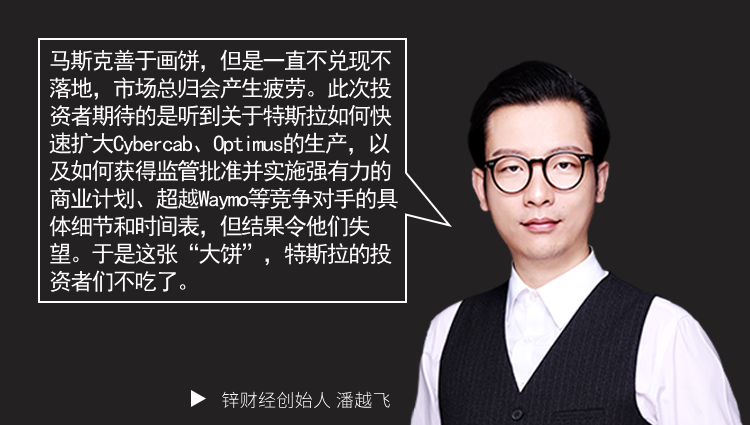A "historic" conference caused Musk to lose $470 billion
![]() 10/16 2024
10/16 2024
![]() 677
677
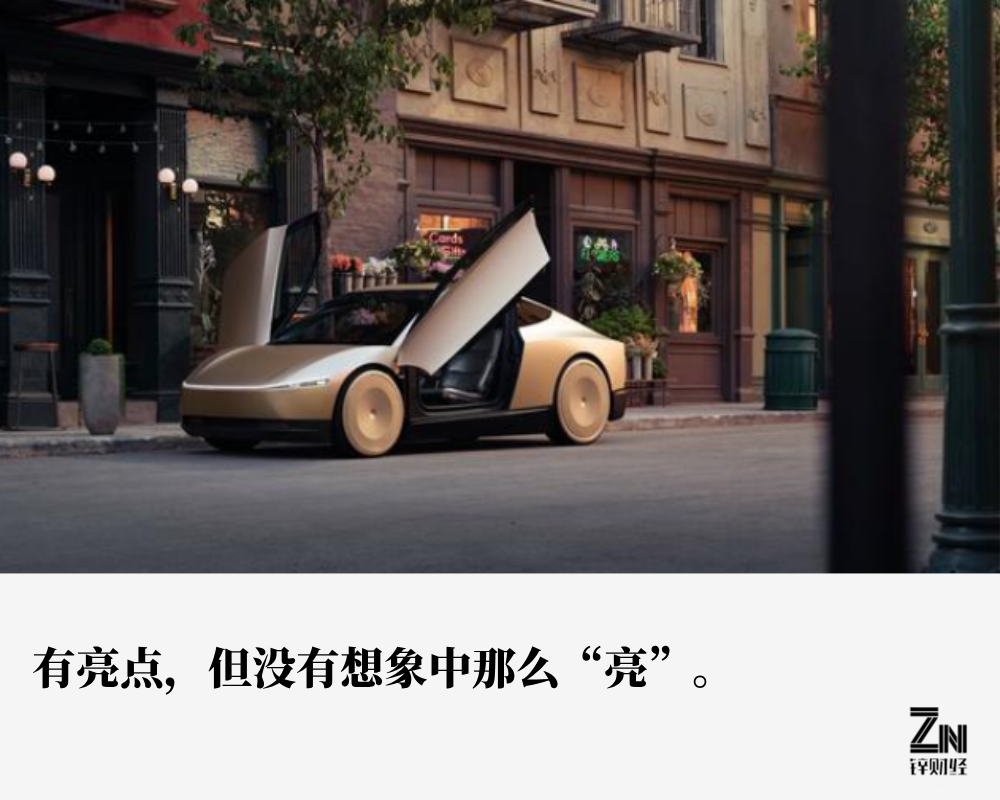
Author | Lushiming
Editor | Dafeng
At around 11 am yesterday, Tesla held the "We, Robot" event in the Warner Bros. Studios soundstage. Musk had previously described the conference as "a day that will go down in history," and many insiders have also referred to it as the "GPT moment" for autonomous driving. Looking back at the entire conference, despite Musk's nearly one-hour delay and a speech lasting less than 30 minutes, the autonomous taxi "Cybercab," autonomous bus "Robovan," and new-generation Optimus robot he showcased still garnered enthusiastic responses from the audience. However, amidst the cheers, Musk's surprises were relatively limited, and the capital market and Tesla investors were dissatisfied. The reason is that the conference neither delved into the core technical details of the autonomous taxi nor discussed specific plans for the commercialization of autonomous vehicles. Meanwhile, the highly anticipated low-cost Model 2 failed to make its debut as scheduled. As a result, Tesla's share price dropped 8.78% the following day, closing at $217.8 per share, with a market value of $695.79 billion, a loss of $67 billion (approximately RMB 473.5 billion) overnight. It is evident that Musk's "big promises" are no longer as appealing as before.
The Autonomous Taxi Cybercab Makes Its Debut
From the conference, we learned that Tesla's newly unveiled autonomous taxi, the Cybercab, is a two-seater coupe without a steering wheel or pedals, and will utilize inductive charging. During the live broadcast, Musk even arrived at the event in a Cybercab. Prior to the conference, Tesla released a video demonstrating the use of its autonomous taxi service.
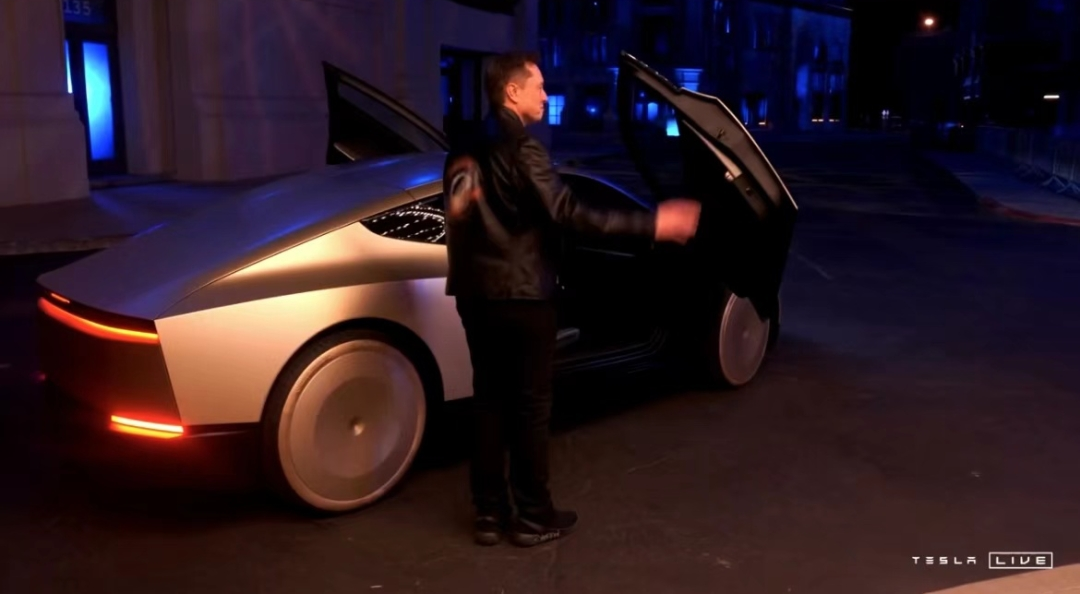
Image: Musk Riding in the Cybercab
Regarding costs, Musk estimated that the Cybercab would cost less than $30,000 (approximately RMB 210,000), and over time, the operating cost per mile is expected to be around $0.2, with a tax-inclusive price of $0.3 or $0.4 per mile.
Addressing the highly anticipated mass production issue, Musk announced at the conference that "production is expected to commence in 2026." However, there has been no shortage of skepticism, particularly from US autonomous driving companies, who argue that if Tesla follows a purely visual approach, it will either need to deploy the technology on a large scale at the expense of safety or in highly restricted environments. This conference served more as a demonstration to the capital market that Tesla's technological approach is viable, but it is still a long way from actual mass production.
Industry analyst Ming-Chi Kuo earlier expressed his views on Tesla's Robotaxi, advising against overly optimistic expectations. In his opinion, Tesla's Robotaxi is not expected to achieve mass production until the first quarter of 2027. Regarding deployment, Musk revealed, "Next year in Texas and California, we hope to introduce fully unsupervised FSD autonomous driving capabilities." He also stated that Tesla currently has hundreds of vehicles undergoing training, and that the eventual FSD autonomous driving capability will surpass human capabilities in terms of safety.
Historically, Musk's plan has been to operate an autonomous Tesla taxi fleet that passengers can summon through an app. Tesla owners can also earn income by listing their vehicles as autonomous taxis. However, Musk did not elaborate further on the commercialization details during the conference. In contrast to Tesla's Robotaxi, Baidu's Luobo KuaiRun is already undergoing normalized pilot operations in cities like Beijing, Shanghai, Guangzhou, and Shenzhen, and has initiated fully autonomous driving operations in Wuhan, Chongqing, Beijing, and Shenzhen.
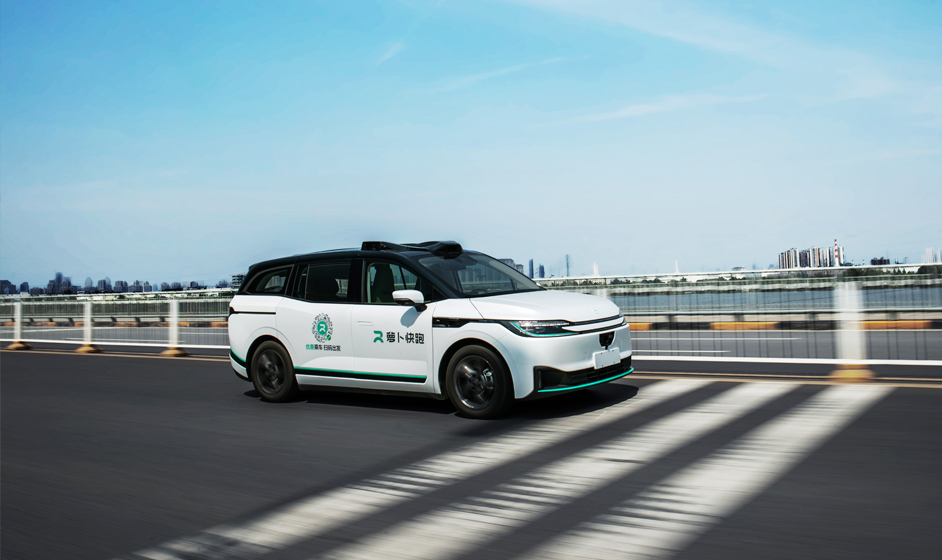
Source: Luobo KuaiRun Official Website
Theoretically, if Robotaxi achieves commercialization, it will replace some B-end taxis and ride-hailing vehicles, accelerating the process of automotive intelligence and impacting enterprises across the entire industry chain. It is foreseeable that as competition intensifies among tech companies like Tesla, Baidu, and Google, Robotaxi will accelerate its deployment.
The Unexpected Robovan, Missing Model 2
Apart from autonomous taxis, consumers seemed most eager for the release of new models, particularly the highly anticipated low-cost electric vehicle "Model 2." Prior to the conference, many voices, including some forecasting agencies and well-known auto bloggers, suggested that Tesla would likely unveil a new model. For instance, analyst Gene Munster had previously predicted that Tesla might introduce three new models, including a long-awaited $25,000 electric vehicle.
The analyst believes that the prospects for the $25,000 electric vehicle are optimistic, predicting that its mass production will drive Tesla's revenue growth to 12% next year. "This model will compete directly with popular economy cars like the Toyota Corolla, potentially significantly boosting Tesla's market share." Indeed, the introduction of a low-cost model would further improve Tesla's product line and consolidate its leading position in the electric vehicle market. Unfortunately, the Model 2 did not make an appearance at the conference, let alone the refreshed Model Y that domestic consumers had been eagerly anticipating.
Regarding the "Model 2," the most recent news is from Tesla's first-quarter earnings call this year, where Musk publicly stated that Tesla's low-cost model would begin production in early 2025. In fact, despite the fact that Tesla has not introduced a new model in nearly five years, the current Tesla Model series and Cybertruck are still performing impressively, so the introduction of a low-cost model may not be Tesla's top priority at this time.
In contrast, the research and development of cutting-edge technologies such as Robotaxi will directly determine Tesla's position and influence in the future automotive industry. Therefore, Tesla did not introduce a low-cost model at the conference, but instead unveiled the autonomous van Robovan alongside the Cybercab. According to the introduction, Robovan boasts high practicality, capable of carrying up to 20 passengers as a passenger vehicle or converting into a cargo vehicle to meet different transportation needs. However, during the live experience session in the second half of the conference, Tesla did not provide attendees with the opportunity to test ride the Robovan.
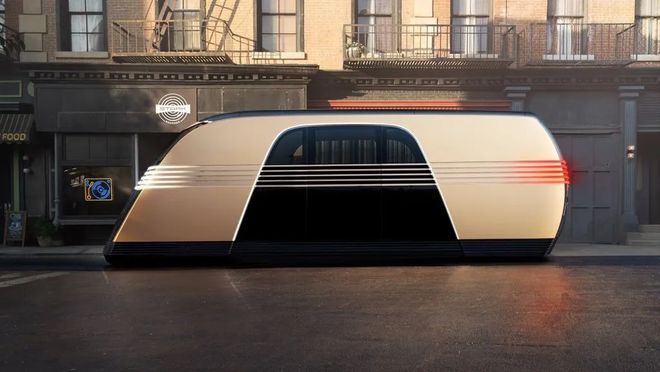
Image: Robovan
Long before this, Musk had hinted at the development of a vehicle for public transportation, mentioning "high-passenger-density urban transport" in his Master Plan Part Deux. Now it seems that the introduction of Robovan is the concrete implementation of this strategy.
Of course, compared to the Cybercab, which has a heavy workload and tight timeline, the mass production of Robovan may be even further away, making it more of a "supporting role" to attract investment.
Optimus Becomes "Smoother"
In addition to vehicles, a large number of Tesla's humanoid robots, Optimus, also made an appearance at the event. Musk stated that significant progress has been made on the Optimus project, with costs expected to range from $20,000 to $30,000 in mass production. "Humanoid robots can take care of children, walk dogs, mow lawns, serve coffee, and do anything you can think of in your daily life. Every one of the world's 8 billion people should own one," said Musk. During the event, Musk also showcased a video of Optimus performing daily tasks in a household, including retrieving packages from the porch and watering plants. Additionally, Optimus robots performed a group dance, demonstrating the flexibility of their joints.
To showcase their interactivity, Optimus robots mingled with the audience, greeting attendees and posing for photos when asked. They even waved back when someone said hello, demonstrating social etiquette.

Image: Optimus Interacting with the Audience
Judging solely from the live broadcast, the Optimus robots showcased at the event have indeed made significant improvements in both appearance and task execution capabilities, such as walking, grasping, and holding, compared to the Optimus prototype presented at Tesla's AI Day two years ago.
It is worth mentioning that Musk once again emphasized the reusability of Tesla's AI, battery, and electronic device capabilities in both automobiles and humanoid robots – "The only difference is whether they have legs or wheels." In recent years, the development momentum of humanoid robots has been increasingly robust, with smart and agile humanoid robots becoming a hot race in the future industry. It is undeniable that the development opportunities for humanoid robots far exceed those of autonomous vehicles, but their technological difficulties also far surpass those of autonomous driving. While Optimus indeed demonstrated impressive capabilities, it is still a long way from becoming a part of people's daily lives.
From Cybercab to Robovan and Optimus, while Tesla's conference brought some surprises, it hardly lived up to the billing of "a day that will go down in history." Instead, it felt more like a day of "big promises" from Musk. As a notorious "promise breaker" who enjoys making grandiose promises, Musk's actions may be shaking the faith of Tesla supporters. As stock trader Dennis Dick put it, "As a shareholder, I am extremely disappointed."
